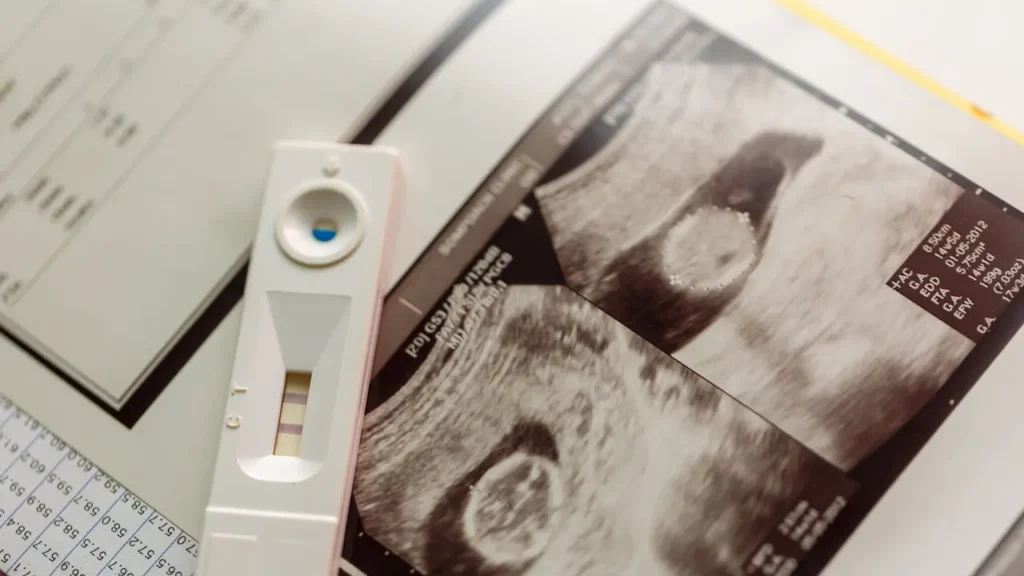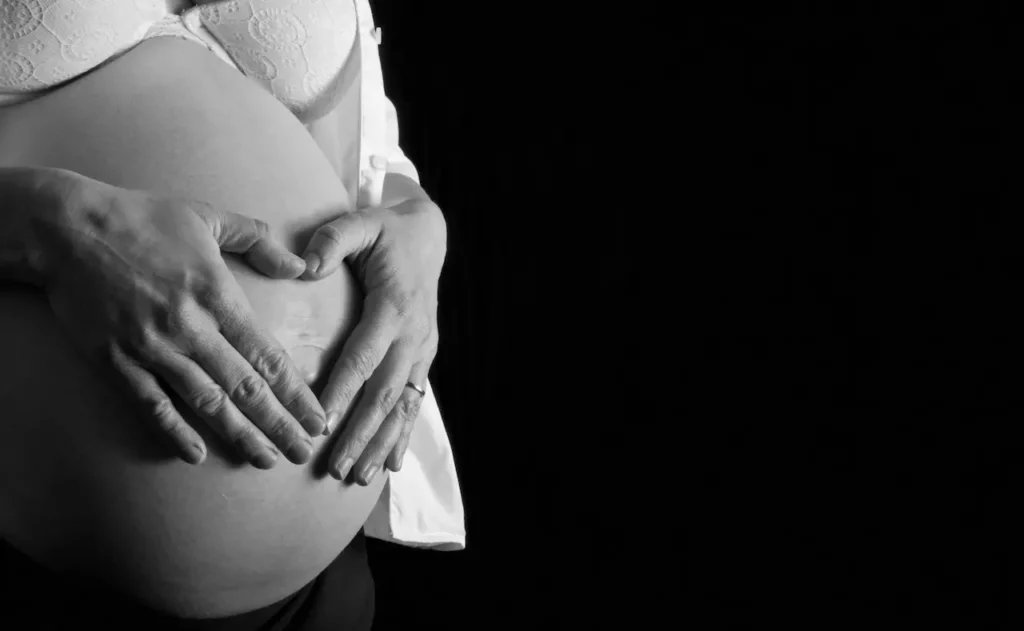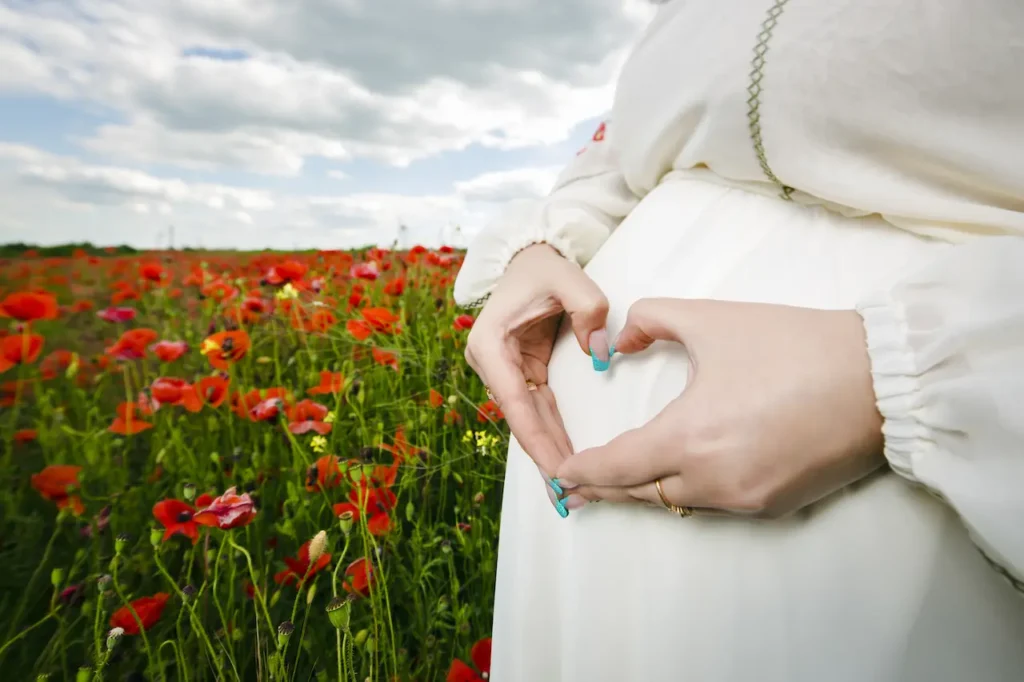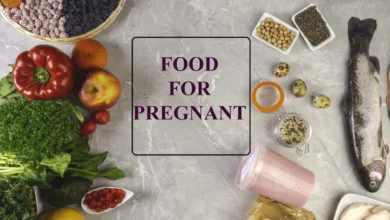Australia Birth Rates and Big Events
Major Events and Their Effect on Birth Rates in Australia
Two other important points on the graph are not booms but busts. In 1961, Australia’s birth rate dropped dramatically when the pill was introduced. It’s easy to understand and also illuminating, when you consider how many women pre-Pill were conceiving without their consent.
The birth rate also dropped when the abortion laws were reformed by several states to make terminations easier. The birth rate was not the only factor in this downward spiral. The birth rate increased between 2000 and 2010. The ABS says that the spike is due to baby boomers’ children having babies

Generational Change
Since then, it has started to drop again, with the younger millennials, not as keen on having children as their predecessors. This could be because of the high cost of living because they’re worried about climate change, or because they’re busy doing other activities. Or, they could be way too young.
You may not be able to distinguish between all the ys and zs.
- The Baby Boomers are those born between 1944-1964.
- Gen X is the generation born between 1965-1979.
- Gen Y (or Millennials) is the group of people born between 1980 and 1994.
- Gen Z was born between 1995 and 2010
- Gen Alpha was born between 2010 and 2025.
More Australian Birth Fun Facts
The ABS also shared other interesting findings that their team of number-crunching geniuses had made:
- In 2018, Australia’s total fecundity rate (TFR), which was 2.02 babies per woman in 2008, decreased to 1.74 babies per woman in 2018.
- Since 1976, Australia’s TFR has been below the level of replacement.
- The average age of mothers in recent decades has increased.
- In 2018, the fertility rate for women aged 30 to 34 years was 120 babies per 1000 women. This is up from 107 in 1998.
- The teenage fertility rate is declining. In 2018, there were 9.5 births per 1,000 women between 15-19 years old, down from 19 in 1998.
Number of Births Versus Fertility Rate
The Australian Bureau of Statistics (ABS) reports that 294,369 births were registered in 2020. This is the lowest number in the past decade. The total fertility rate (a measure of the number of children an average woman will have in her lifetime if she experiences the age-specific rates at that time) was 1.58, the lowest ever recorded.
Figure 1 shows changes in total fertility and the number of births since 1921. Total fertility rates fell between the 1920s to early 1930s. It rose from a low of 2,11 in 1934 during the Great Depression to the early 1960s. In 1961, the highest total fertility rate recorded since 1921 was 3,55. After that, it fell steadily over the next two decades. After the pill was made available in 1961, the total fertility rate dropped sharply and stabilized in the late 1960s. The rate of total fertility fell again after the pill appeared on the list of the Pharmaceutical Benefits Scheme in 1972. It fell slowly in the 1990s after stabilizing in the 1980s. After a slight increase around the turn of the millennium, the fertility rate had reached 2,02 by 2008. Since then, the fertility rate has declined.
Since 1976, Australia has had a total fertility rate below the replacement level (about 2,1 babies per woman). The replacement level is the rate at which a population can be replaced without immigration from one generation to another.
The ABS reports all births registered in Australia from December 2020 onwards. Some births (especially those from November and December) won’t be counted and registered until the next year. Either the parents failed to register the birth, or the application could not be processed on time. It is still not known how many births were affected by the delay in registration for 2020, but the differences between states and territories suggest that COVID-19 had an administrative impact on the data.

Age-specific Fertility Rates
Age-specific fertility rates can help you explore trends in fertility. This is the number of births per 1,000 women of a certain age. Figure 2 shows the age-specific rates of fertility over time. It started in 1920. Age-specific fertility rates followed the same general trend as the total fertility rate, falling in the 1920s through the early 1930s before rising in the 1940s.
- In the 1950s, fertility rates among women aged 20-24 and 25-29 continued to increase. The rise in fertility rates between the late 1940s and early 1960s was largely due to the decline in age at first marriage, and the sharp increase in fertility of women in their 20s and 30s who were already married. The fertility rate of women aged 25-29 and 20-24 was significantly higher from the mid-1970s onwards than all other groups.
- In the 1950s the fertility rate for women in their 20s was increasing, but for women between 30 and 34 years old it remained stable. For women aged 35 to 39 years, the rate showed a declining trend. Women were beginning their families earlier, and thus achieving the desired family size sooner, as opposed to waiting until their late 30s to start a new one.
- In the previous section, we noted that the effects of the pill on fertility were evident in all age categories, particularly in women in their 20s. After 1961, and again in 1972, fertility rates dropped rapidly. This was especially true for women between the ages of 20-24 and 25-30.
- Since the early 1980s the fertility rate of women aged 30 and older has risen, whereas the fertility rate for women in their 20s continues to decline. This is due to women delaying starting a family. (See the discussion on the age of first-time mothers below).
- Since 2000, women in their early 30s have had a higher fertility rate than any other group. The fertility rate of women between 30-34 years old has decreased over the past decade, while that of women between 35-39 years has been stable since 2008.
- In the 1970s the teenage fertility rate began to decline, as the pill became more affordable and widely available. The decline in fertility rates among those in their teens or 20s is also influenced by other social factors, such as women’s increasing participation in formal education and tertiary level, young people’s participation in formal education and tertiary level, and women’s increasing participation in the labor force.
Australians are Having Fewer Babies, and the Local-born Population is on Its Way to Shrinking: Here’s Why This Isn’t That Scary.
Australians are having fewer babies. Our population would decline in a few years without international migration.
The total fertility rate is usually 2.1.
The total fertility rate in Australia dropped below 2.1 by the end of the 1970s. It then rose towards that level in the 2000s due to an improved economy, easier access to childcare, and the Commonwealth Baby Bonus. But it plunged once again in the first year of the COVID.
According to the latest projections of the Australian Bureau of Statistics, the population growth rate is expected to remain at or near the current 1.6% over the next 50-year period.
A lower set of assumptions would have the rate dropping to 1,45 in the next five years and remaining there. According to a higher set of assumptions, the rate will rebound and remain at 1.75.
The Lancet published a comprehensive study on global fertility trends in March. Australia was ranked at number one with a central case of 1.45. This would then fall to 1.33 in the next century.
Importantly, none envisages a return rate to replacement.
In the absence of migration, Australia’s population is projected to decline from 2037.
You can easily guess the reasons. For 50 years, reliable contraception has been widely available. Rents, mortgages, and other costs that Australians in childbearing years face seem to be increasing. There are still many women who struggle to maintain a career while raising a family.
The US fertility rate is now almost identical to that of Australia.
Forbes Magazine reported on the research and said that a “broken economy” had “screwed over” Americans who were considering having children.
It said that Americans now find parenting “harder” to manage than in the past.
The Half of the World Cannot Replace Itself.
This trend is not isolated. According to the Lancet study, more than half of all countries in the world have fertility rates below replacement levels.
China, which accounts for a significant portion of the global population, had a high fertility rate in the 1960s. The fertility rate fell from 7.5 to 2.5 in the early 1960s before China implemented its one-child policy. It then dropped further to 1.8 in 2016 after the policy ended.
South Korea’s fertility rate has dropped further to 0.72, the lowest in the world.
India’s fertility rate, which has now become more populous than China and is also below the replacement level, has also dropped.
The majority of the 94 countries that have fertility rates above replacement are located in North Africa and Sub-Saharan Africa. Samoa, Papua New Guinea and other Pacific islands, such as Papua New Guinea and Samoa, have fertility rates above replacement.
The replacement rate in Asia, Europe, and Oceania has already fallen below the average.

The Changing Global Order
- Nigeria, the largest and most fertile African nation, will likely overtake China as the second-most populous nation in the world by the turn of the century.
- Even Nigeria’s fertility will fall. According to the Lancet, it is expected to drop from 4.7 percent in the early 2000s to 1.87 percent by the year 2050.
- Due to these differences, the population growth of the world will be largely concentrated in the countries most susceptible to economic and environmental hardship.
- These nations, already economically challenged, will have to provide housing, healthcare, and jobs for a rapidly expanding population at a moment when the rest of the world is not able to.
- On the other hand, these nations will have a lot of young people. As other nations struggle with an aging workforce and a declining population, they will become an increasingly valuable resource.
- Then an older world and then a smaller one
- Between 1950 and 2021 the global fertility rate has been reduced by half, from 4,84 to 2,23.
- According to the latest projections, it will fall below the replacement rate by 2050 to somewhere between 1,59 and 2,08 and then between 1,25 and 1,96 by 2100.
- There has been a peak in the number of children aged between 5 and 7 years old.
- Since 2016, the number of babies born has decreased. By 2021 it will be around 129 million.
- In 2023, the global population of school-age children aged 6-11 years will peak at 820 million.
- The United Nations predicts that the population of the world will peak at 10,6 billion people in 2086. After this, it will start to decline.
- A second forecast produced in the Global Burden of Disease Study predicts that the peak will occur two decades earlier, in 2064. The world’s population will peak at 9.73 billion.



